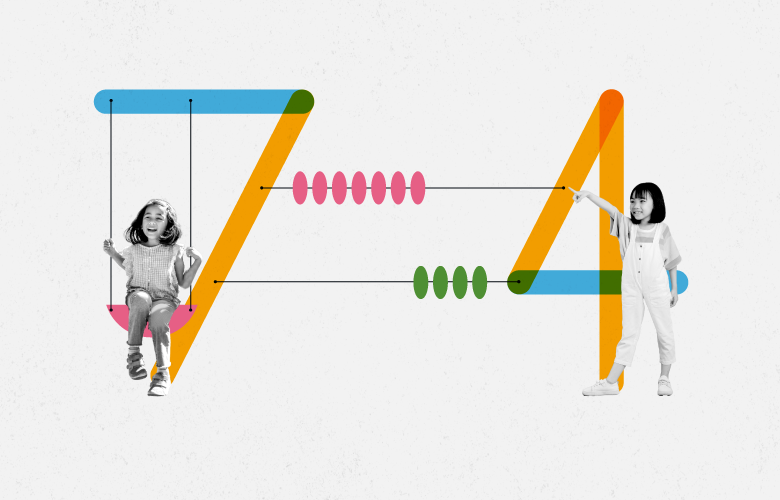
This post is an excerpt from one published on the Math for All website. It is reprinted here with permission.
Lots of people will say they are not very good at doing math. Yet we all engage in math in almost every activity we do. There are some (potentially) more obvious examples that involve numbers, such as calculating “better” prices, measuring quantities for a recipe, dosing medicine, or telling time. And these are just a few of the things we do at home. Careers that are labeled “STEM” typically require a great deal of math. In actuality, there are things we do in any job that require mathematics. Building or reading a schedule, comparing sizes or quantities of items, reading a map, giving or getting directions, making or following a set of sequenced instructions, sizing things to fit in a particular space, or stacking lighter items on top of heavier (instead of vice-versa) are a few examples.
In addition to the home- and work-based explicit uses of math, we engage in a great deal of mathematical thinking that we might not recognize as mathematics. Throwing a baseball or hitting a tennis ball requires geometry (with an underpinning of numeric calculations that most of us don’t do). We find ways to estimate sizes, distances, and quantities without ever actually counting or measuring. Driving a car and deciding how hard to hit the brakes, how far to turn the steering wheel, or whether there is enough gas in the tank to take you where you need to go. Math is literally everywhere and being done by everyone.
So, if math and mathematical thinking are so predominant, why do so many people claim they aren’t good at it? The catch is to realize when we are doing mathematics and, perhaps, rethink what we are calling “doing math.” For many, math consists of doing calculations such as addition, multiplication, and “fractions” quickly with or without paper and pencil. We also (often) believe that calculating an exact answer is the only thing that counts as mathematics, but estimating is just as mathematical. Math should not be limited to the problems presented on a worksheet from the school’s curricular materials.
So, how do we expand our ideas of what “doing mathematics” means? Let’s start by engaging in conversations and activities with students that require all kinds of natural mathematical thinking. Some ideas for classroom teachers and parents and caregivers are below.
Ideas for Teachers
- Open up your students’ recognition of the math they do “without thinking.” Our colleague Karen Rothschild shares examples of everyday activities that naturally leverage mathematical skills and concepts that go well beyond the summer.
- Talk to your students about math that you did over the summer, last night, or over the weekend.
- Ask your students where they have used numbers or what they have noticed or think about shapes. Ask them to share if they built or cooked something or where they used math in a game they played.
- Give them space to share a problem they solved over the summer, last night, or over the weekend and tell how it involved mathematics. This could be through sharing with you, discussing with the class, or even posting on a “Math is Everywhere” wall.
- Present them with a mathematical problem you are genuinely struggling with. Ask them what they would do.
- Play games with them in class. A deck of cards and a set of dice go a long way and are very adaptable to particular levels of complexity and ages.
To read the rest of the blog post, including more teacher tips and ideas for parents, visit the Math for All website.
| Matt McLeod is an EDC senior project director, mathematics educator, and expert in K–12 instructional design and professional development. |

Add new comment